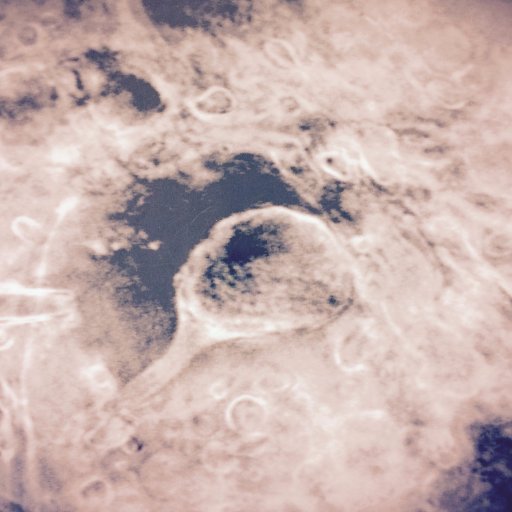
samyounglab
@SamYoungLab
Followers
881
Following
2K
Media
95
Statuses
827
Deciphering cellular and molecular mechanisms of synaptic function and impact on neuronal circuit output. Viral vector development and CNS gene therapy.
Iowa City, IA
Joined December 2018
RT @SynapticTweeter: Delighted to share our new Nature paper: .This works shows a surprising off-target effect of g….
0
14
0
Amazing findings !!.Congrats you and the team.
Delighted to share our new Nature paper: .This works shows a surprising off-target effect of glutamate on another cell death channel, acid sensing ion channels (ASICs). It turns out that glutamate directly binds to ASICs as a positive allosteric modulator.
0
0
2
RT @canna_brain: So for those of you interested in what it was that I took issue with in Hubermans first cannabis podcast, this is the Cole….
0
90
0
Finally, I want to thank Dr. Emre Kul, Uchechi Okorafor @MissSafie and the rest of the team for taking on this immense challenge to solve a fundamental problem in the gene therapy field.
0
1
5
We thank @FamilieSCN2A @scn2agene @cacna1a @ncats_nih_gov @NIH_NINDS @NIDCD @uihealthcare @uiowaOUR funding this research We thank @UIowaACB @UIowaNeuro @UIowaResearch for creating an amazing environment for carrying out high risk high reward research.
1
0
9
For ~25 years Ad vectors had little to no ability to transduce Purkinje cells, until now! Excited to announce our paper in MTMCD @MolTherapy on the development of Ad vectors that transduce Purkinje cells in a humanized mouse model
1
10
27


